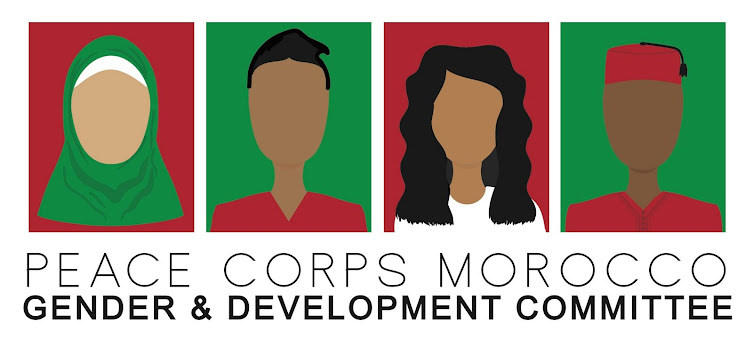Once debated as either a natural or human induced occurrence, climate change has prevailed in the last decade as one of the most pressing environmental concerns across the globe. Characterized by extreme weather patterns, this time frame has seen a drastic increase in natural disasters and phenomenon world-wide.
In the global north, billions have been spent in support of technologies, better practices, and mitigation techniques to curb the ongoing devastation caused by climate change. Alterations in weather patterns have led to drought, flooding, desertification, soil erosion, etc. Communities that rely on subsistence farming are particularly vulnerable, as predicting weather for planting and harvesting crops has become increasingly difficult. In the global south, these groups are the most affected, as they are often comprised of the rural poor. As national mitigation strategies continue to lag behind outcomes of climate change, adaptation trumps as the ruling practice. Being the most immediate form of relief, adaptation in these areas tend to be small-scale, and implemented by members of the community in an attempt to hold onto their livelihoods, and lives.
Of the rural poor, the UN recognizes women as “disproportionately vulnerable to and affected by climate change.” Rural women are dependent on their surrounding natural resources, and are therefore greater pressured when the limited resource is threatened. Most often, the woman is in charge of all domestic duties, including: gathering water, heating/cooling the home, and obtaining fuel for cooking. Due to their unequal access in earning money, their roles in the domestic arena, and limited mobility, in the event of a natural disaster (mudslide, flood, etc.), there are higher numbers of female casualties than male, and surviving females take on the burden of continuing in their duties despite the lack of available resources.
In an article written by Lynn Morris, specifically in the case of Morocco, it has been documented that difficulties in women’s lives are made worse by climate change. Morris interviews Naima Faouzi, a researcher who works with women’s groups. According to Faouzi, women must now travel farther to get fresh water due to the salinization of nearby aquifers, and in mountainous areas, women have to find firewood that has become rare due to lowered agricultural productivity, for cooking and the winter months. According to a report found on Dailymotion.com (Climate Change: Morocco Desert), the women of Tamlat, in the Agadir Region, are facing the loss-of-livelihood practices. Once focused on the production of argon oil for cosmetics and cooking, these women are watching the argon trees disappear due to soil erosion and desertification, and are desperately seeking new modes of income generation.
For the above reasons, it is absolutely necessary to include females in the planning process of any climate change conversation, especially in a rural village. Women can provide unexplored perspectives and insights into their experiences, which can lead to improved adaptation measures and future mitigation tactics.
References:
http://www.guardian.co.uk/journalismcompetition/how-are-people-in-the-global-south-responding-to-climate-change
http://www.unep.org/climatechange/
http://www.un.org/womenwatch/daw/csw/csw52/issuespapers/Gender%20and%20climate%20change%20paper%20final.pdf
http://www.theecologist.org/blogs_and_comments/Blogs/atlantic_rising/321827/atlantic_rising_adapting_to_climate_change_in_morocco.html
http://www.dailymotion.com/video/xb453d_climate-change-morocco-desert_tech
Written by GAD Committee member Tatianna Rodrigues.
